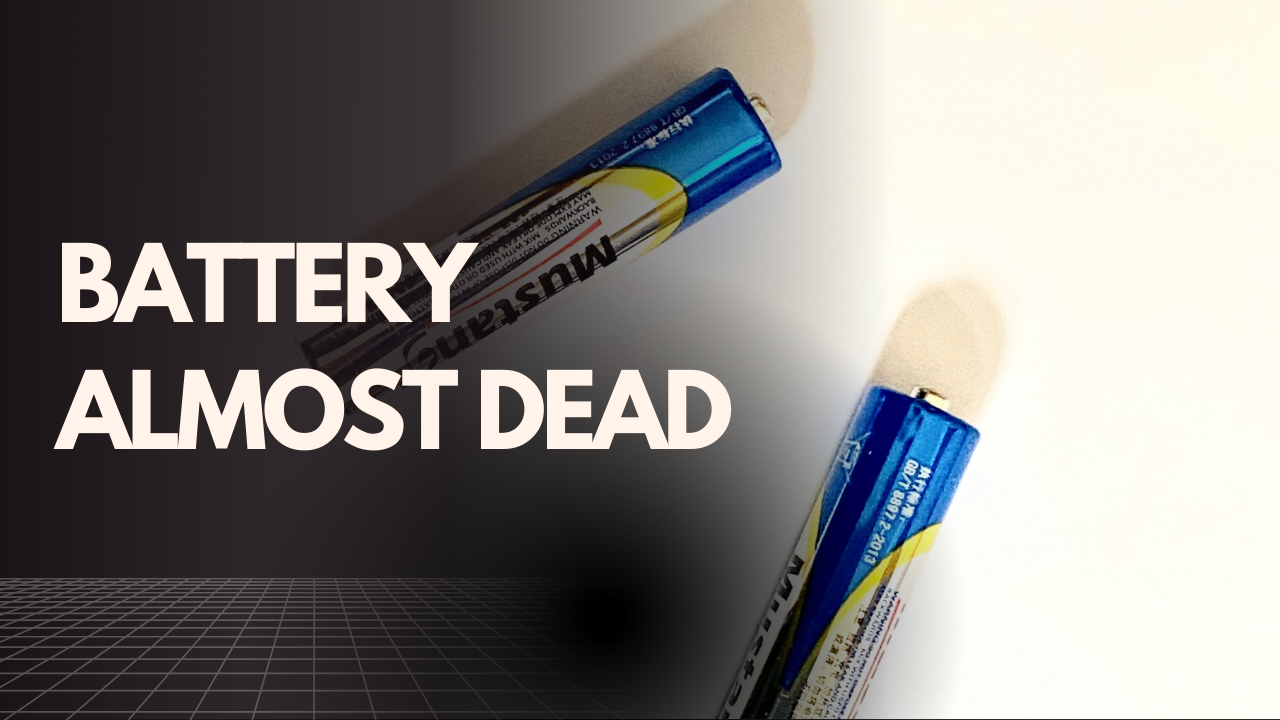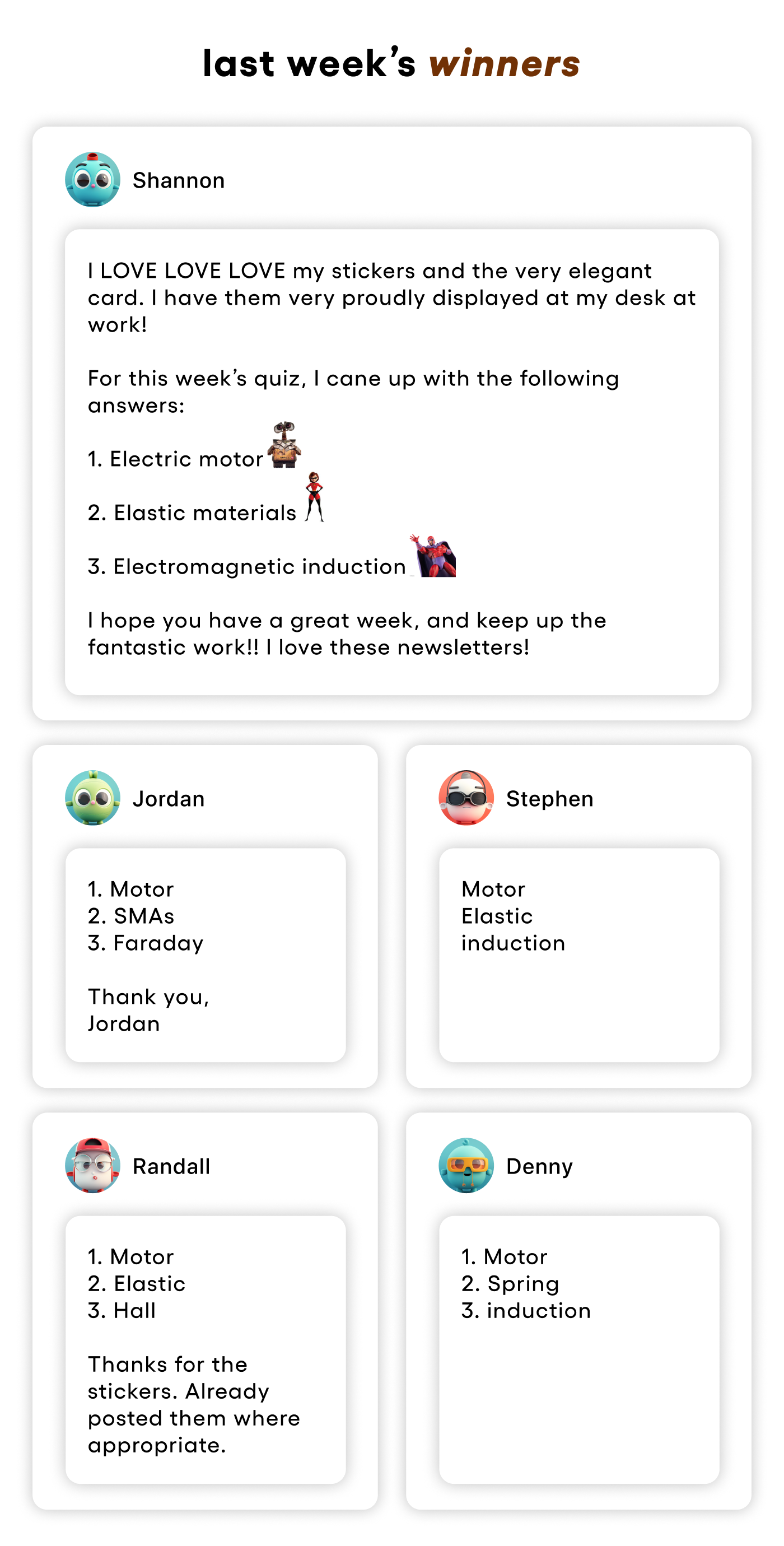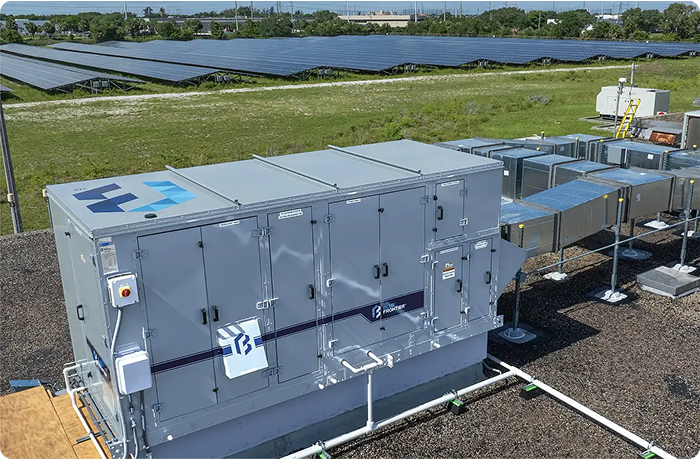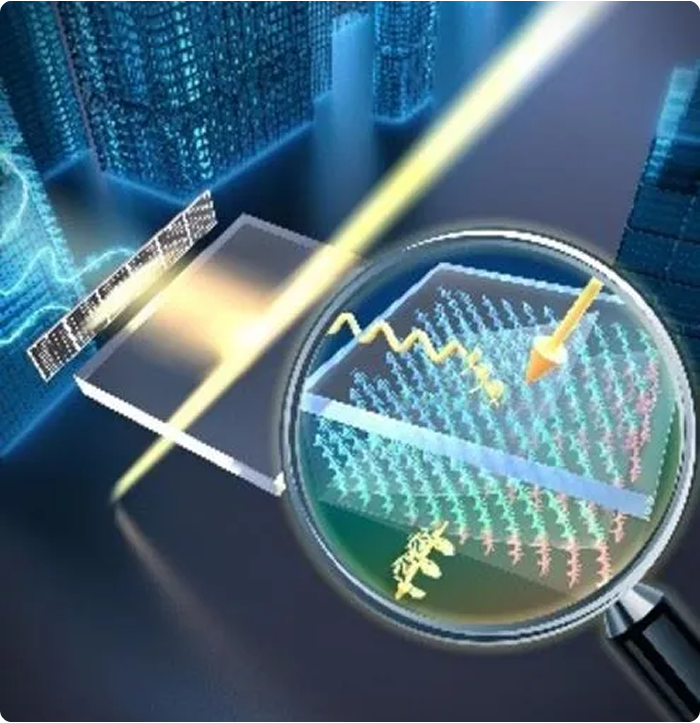battery almost dead
that's going to change with this new engineering discovery

I really do appreciate y’all 🥹
Thank you to all those who replied and reached out!!!

To continue the trend, we will have a mystery gift this week too!
Want to get featured in the next edition and get the mystery gift?
Let’s get into this week’s game!
Engineering Speed Round:
- I have no moving parts but I can amplify signals thousands of times. I'm made of silicon and I'm the building block of every computer, phone, and TV. Flip my switch and electricity flows one way but not the other. What am I?
- I turn liquid into gas without boiling and gas into liquid without freezing. I'm the reason your fridge keeps food cold and your car's AC works. What am I?
- I'm invisible but I carry massive loads. I can lift bridges, hold up buildings, and keep airplanes in the sky. The faster things move through me, the more I push back. What am I?
Know the answers?
Drop them below and you might just win that mystery prize we've been teasing (it’s a different one every week 👀)
Reply here!
What Happened This Week?
1. Scientists Just Debunked Why Ice Is Slippery (And It's Not What You Think)
Remember in physics class when your teacher said ice is slippery because pressure melts the surface?
German physicists just proved we've been getting this wrong for 200 years.
The real culprit? Molecular dipoles: think of molecules like tiny magnets where one end is slightly positive and the other is slightly negative.

When your shoe touches ice, those tiny molecular magnets in your shoe interact with the ones in ice. Instead of creating a stable arrangement, they get "frustrated" (that's the actual physics term) and disrupt the ice's crystal structure.
The weird part is that this works even at -40°C where the liquid film becomes thicker than honey but still exists.
So next time you slip on ice, blame frustrated molecular magnets instead of your clumsy feet.
Turns out we aren’t the only ones who get “frustrated” 😂
2. This Air Conditioner Stores Energy Like a Battery (And Cuts Your Bill in Half)
I get it, you feel hot in the summers. We all do. And then we choose between how long to keep it on and the AC bill. But that’s changing.
Engineers built an air conditioner that works like a battery.
Here's how regular ACs work: they cool air and remove humidity at the same time, which is like trying to drive and parallel park simultaneously. You end up overcooling things and then reheating them, which wastes energy.
The new system, called ESEAC (yes, they love acronyms), separates these jobs. It uses a salty liquid called a desiccant to suck moisture out of the air, like those little packets in shoe boxes but way more powerful.

During off-peak hours when electricity is cheap (like 3 AM when only insomniacs and bakers are awake), the system uses electricity to concentrate this salt solution and store pure water in tanks.
When you need cooling, it uses those stored fluids with barely any electricity.
Miami testing showed 38% less electricity use, 93% lower peak demand, and 45% cheaper bills. That's $165,000 in savings over 15 years per unit.
Guess the AC stays on 24 X 7 now 👀
3. China Made Windows That Generate Solar Power (Without Looking Like Solar Panels)
Those of us who live in apartments always want solar panels, but don’t have place for it 😢
BUT
Chinese researchers figured out how to turn any window into a solar panel without anyone knowing, using liquid crystals: the same stuff in calculator displays.

These films, thinner than plastic wrap, coat regular glass and selectively grab invisible light, guiding it toward window edges where tiny solar cells wait.
Windows look completely normal while collecting 38.1% of light energy.
Translation: You get 64.2% of the light coming through
A 6.5-foot window could concentrate sunlight 50 times normal intensity.
A one-inch prototype powered a small fan just sitting in sunlight.
At this point, I think the news section is helping us save money in the near future 😌
Your EV might last longer…
You know that moment when your phone battery dies at 87% after two years of use?
That's not a software glitch.
It's chemistry working against you (and yes we’ll get into it)
Electric car batteries, grid storage systems, even the tiny batteries in medical devices; they all face the same death spiral (which is unstoppable).
Until now.
Chinese researchers just figured out how to stop the problem that kills every battery ever made.
Here's what happens inside every lithium battery from day one: the liquid electrolyte starts breaking down.
When lithium ions move between electrodes, they react with the electrolyte and create a protective film called the solid electrolyte interphase (SEI) on the battery's negative side.
Think of SEI as protective skin between the metal electrode and liquid electrolyte. It's supposed to let lithium ions pass through while blocking electrons.
But this skin is fundamentally unstable.
The SEI contains organic components that break down over time, creating gaps. Lithium starts depositing unevenly through these gaps, forming tree-like structures called dendrites that can pierce the battery and cause failure.
Every charge cycle makes it worse. The protective layer gets thicker and more porous until the battery dies.
The chemistry breakthrough that shouldn't work (but does)
The research team developed an electrolyte additive called 1,3-dithiane - a sulfur-rich compound that completely changes how the protective layer forms.
Instead of unstable organic components that crumble over time, this additive converts them into stable sulfur-based materials that stay put.
1,3-dithiane contains 53.5% sulfur: nearly double typical sulfur additives. This creates a "sulfur-rich protective layer" that shields the electrolyte from damage while letting lithium ions move freely.

Translation: lithium ions can move easily through the improved interface while electrons are completely blocked, preventing the side reactions that normally kill batteries.
Testing the breakthrough in the real world
Full battery cells using this modified electrolyte retained 83.6% capacity after 3,300 cycles.
For context, most lithium batteries start dying after a few hundred cycles.
Lab cells showed 93.1% capacity retention after 150 cycles: a tenfold extension compared to conventional batteries.
We're talking about fundamentally changing how long batteries last before they need replacement.
Why this changes everything
Think about the implications: electric vehicles that hold their range for the car's entire life, grid storage systems lasting decades without replacement, phones maintaining battery life for years instead of gradually dying.
When batteries can maintain 80%+ capacity for thousands of cycles, the economics of electric vehicles and renewable energy storage completely change.
We might be looking at the end of planned obsolescence for battery-powered devices.
This research has backing from China's National Key R&D Program, suggesting serious investment in scaling the technology.
After 30 years of lithium battery development, we might have finally found a way to make the chemistry work with us instead of against us.
Your next adventure?
⦁ Mechanical Engineer: Micromatic LLC
Teaching robots to build things without throwing tantrums.
⦁ Electronics Engineer: AG Leader Technology, Inc
Circuit farmer growing microprocessors that help real farmers grow crops.
⦁ Centralized Broadcast Engineer: Mobile TV Group
Live TV's guardian angel - keeping broadcasts alive when equipment tries to die during the big game.